 |
 |
[(Trifluoromethane-sulfonyl)oxy]trimethylsilane CT3795 EINECS 248-565-4 Methanesulfonic acid, 1,1,1-trifluoro-, trimethylsilyl ester Methanesulfonic acid, trifluoro-, trimethylsilyl ester MFCD00000406 SILANE TMS-TRIFLATE TMS TRIFLATE TMSOTF TMS-OTf trifluoromethanesulfonic acid trimethylsilyl ester Trifluoromethanesulfonic acid trimethylsilylester trifluoromethanesulphonic acid trimethylsilyl ester TRIMETHYLSILYL TRIFLATE Trimethylsilyl Trifluoromethanesulfonate [Trimethylsilylating Agent] TRIMETHYLSILYL TRIFLUOROMETHANESULPHONATE trimethylsilyl trifluoromethane-sulphonate Trimethylsilyl trifluoromethylsulfonate trimethylsilyl trifluoromethylsulphonate Trimethylsllytrifluoromethanesulphonate
2-8℃



Flammable liquids, Category 3
Skin corrosion, Category 1B
| Pictogram(s) |   |
|---|---|
| Signal word | Danger |
| Hazard statement(s) | H226 Flammable liquid and vapour H314 Causes severe skin burns and eye damage |
| Precautionary statement(s) | |
| Prevention | P210 Keep away from heat, hot surfaces, sparks, open flames and other ignition sources. No smoking. P233 Keep container tightly closed. P240 Ground and bond container and receiving equipment. P241 Use explosion-proof [electrical/ventilating/lighting/...] equipment. P242 Use non-sparking tools. P243 Take action to prevent static discharges. P280 Wear protective gloves/protective clothing/eye protection/face protection. P260 Do not breathe dust/fume/gas/mist/vapours/spray. P264 Wash ... thoroughly after handling. |
| Response | P303+P361+P353 IF ON SKIN (or hair): Take off immediately all contaminated clothing. Rinse skin with water [or shower]. P370+P378 In case of fire: Use ... to extinguish. P301+P330+P331 IF SWALLOWED: Rinse mouth. Do NOT induce vomiting. P363 Wash contaminated clothing before reuse. P304+P340 IF INHALED: Remove person to fresh air and keep comfortable for breathing. P310 Immediately call a POISON CENTER/doctor/\u2026 P321 Specific treatment (see ... on this label). P305+P351+P338 IF IN EYES: Rinse cautiously with water for several minutes. Remove contact lenses, if present and easy to do. Continue rinsing. |
| Storage | P403+P235 Store in a well-ventilated place. Keep cool. P405 Store locked up. |
| Disposal | P501 Dispose of contents/container to ... |
none
 |
 |
 |

|
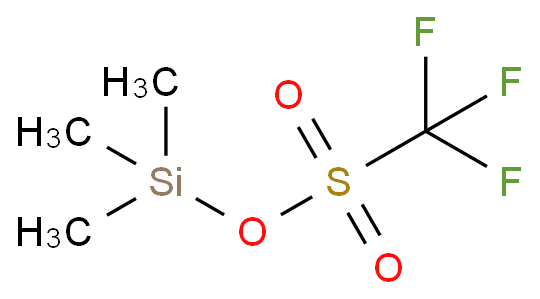 |
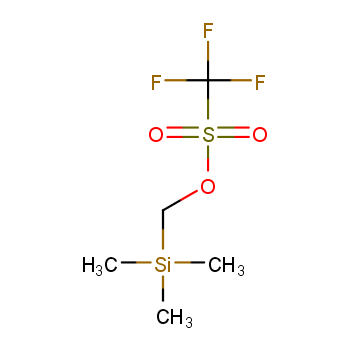 |
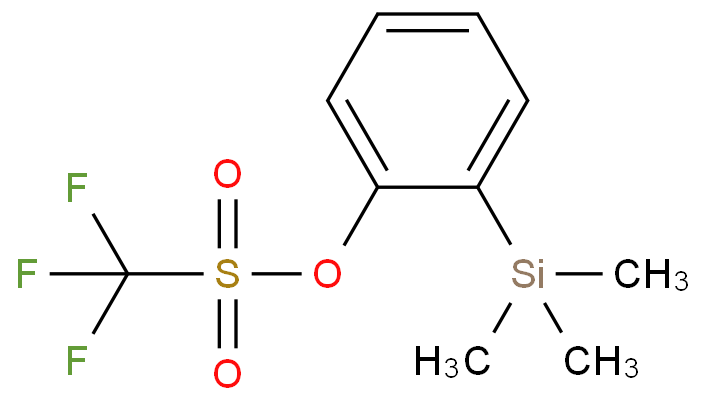 |
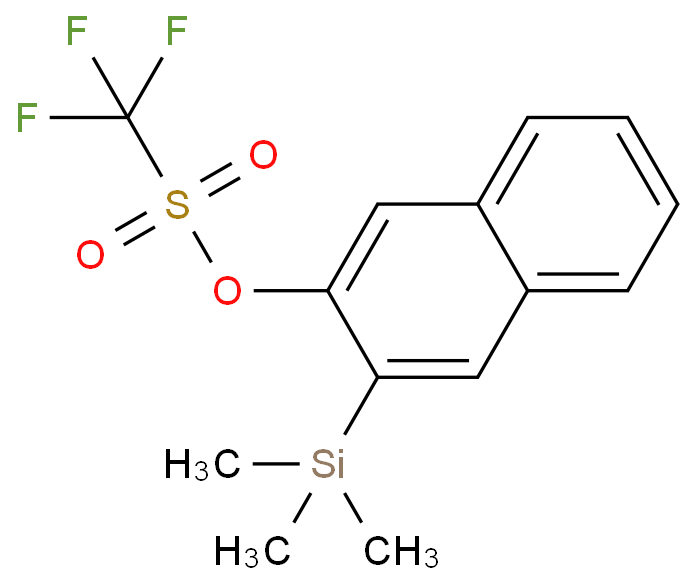 |
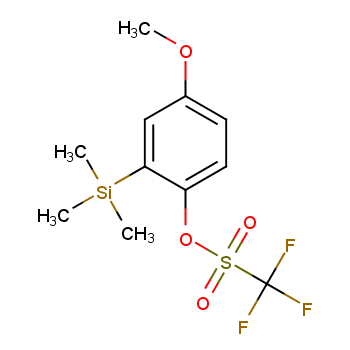 |
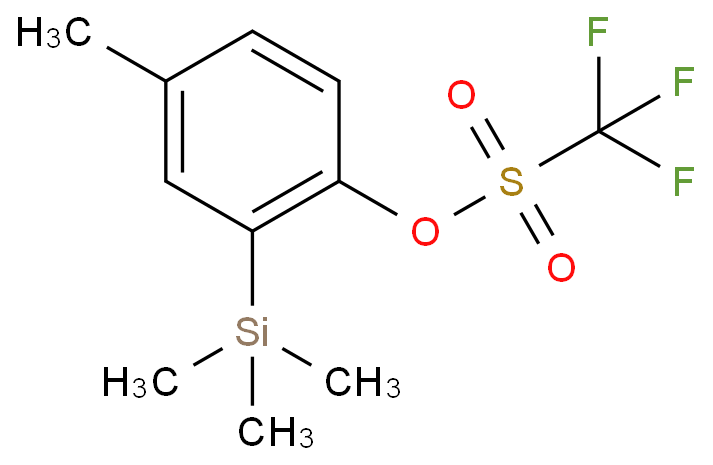 |
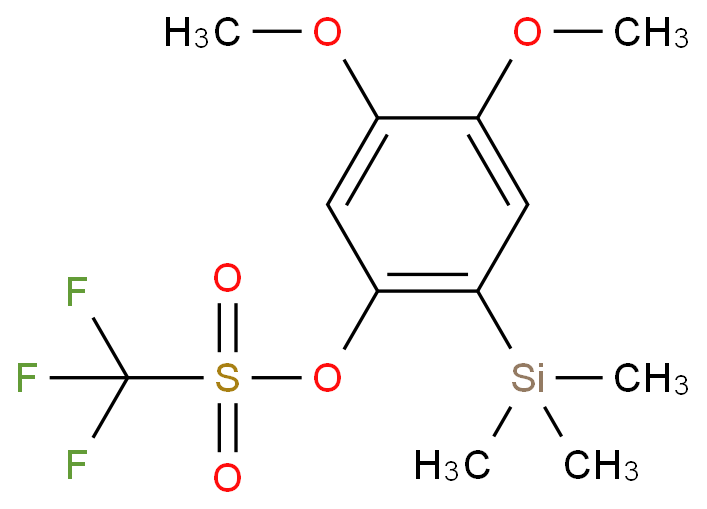 |